“Student engagement is the product of motivation and active learning.” Elizabeth F. Barkley
In his book Drive, Daniel Pink identifies three key components necessary for employee motivation. Kelly Palmer, in a webinar titled Learning How to Learn, adapted his model to apply to motivation to learn. The first component is autonomy, to choose what and how to learn. The second is mastery, to get better at what we do. And the third is purpose, to do work that has meaning. Let’s consider each in reverse.
I think it begins with Purpose, feeling that what we do is important and has a meaningful impact.
This requires that we know how what we are doing fits in the scheme of things. What is happening upstream of our work and how does our work affect what happens downstream. We need to know how our work impacts the bottom line, increases customer satisfaction, improves product or service quality, serves our community, etc. This information has to come from the organization and from your manager.
Knowing our impact helps us understand why what we do is important. And once we know this, we will want to do our work as well as we can. This brings us to Mastery, having comprehensive knowledge or skill in performing our job responsibilities.
There is always something new to learn or improve on the job. We may be faced with changes in responsibility, policy, procedures, software, or hardware. Programs constantly change as they adjust to both internal and external issues, and we have to change with them. We continually need to develop or hone our existing skills, practice them repeatedly, and make mistakes until we become competent. It helps to have feedback from our manager or customers as we practice, so that we know what to improve. It also helps to have an organizational culture that recognizes and accepts that mistakes happen as people test new skills.
Because we know that what we do is important (Purpose) and because we want to do it as well as possible (Mastery), we need Autonomy so that we can choose what to learn and how to learn it. We will seek out sources of knowledge or training that we feel are relevant and will help us to gain mastery. Today, we have an overabundance of choices for how to learn. It is important to have the encouragement and support of management so we can take the time to learn, to practice new skills and to make mistakes as we develop our competency.
If we want our learners to be actively engaged, it will be infinitely easier if they have a clear idea of their purpose, desire mastery so they can fulfill their purpose, and have autonomy to choose the training method.
How can you design your training programs to incorporate purpose, mastery and autonomy for your participants?
May your learning be sweet- and safe.
Deborah





